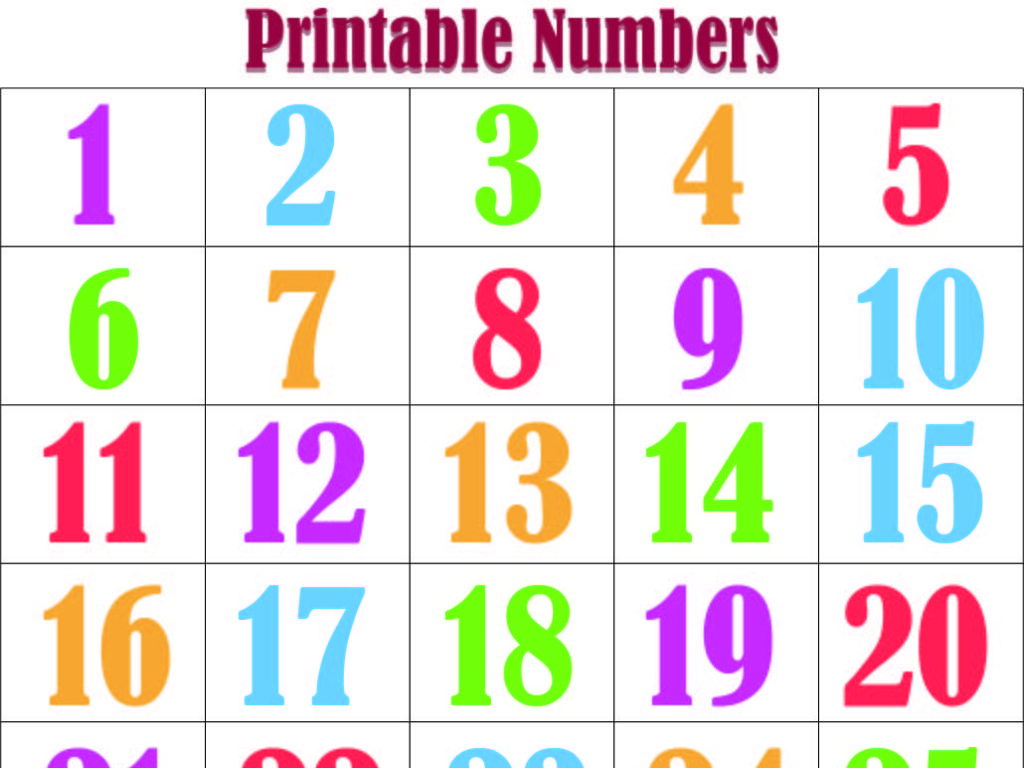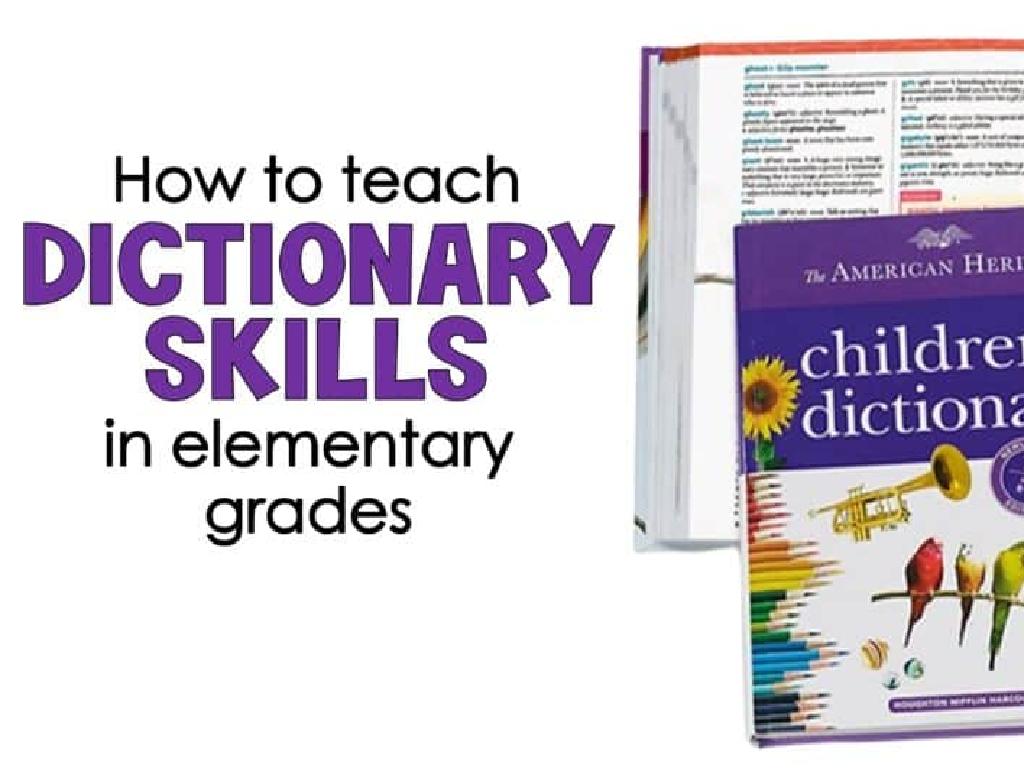Opportunity Cost
Subject: Social studies
Grade: Seventh grade
Topic: Basic Economic Principles
Please LOG IN to download the presentation. Access is available to registered users only.
View More Content
Understanding Basic Economic Principles
– Foundations of our economy
– Defining economic principles
– Rules that guide economic decisions
– Daily impact of economics
– Economics influence our choices every day
– Significance of opportunity cost
– Opportunity cost: choosing one option means losing another
|
This slide introduces students to the fundamental concepts that underpin our economy, aiming to explain what economic principles are and why they matter. It’s crucial to convey that economic principles are the rules and guidelines that help individuals and societies make decisions about resource allocation. Emphasize the relevance of these principles in everyday life, such as budgeting allowance or choosing how to spend time after school. Highlight the concept of opportunity cost, a core principle in economics, which teaches that every choice has a trade-off. Encourage students to think of examples where they had to make a choice and what they had to give up, to make the idea of opportunity cost relatable and understandable.
Understanding Opportunity Cost
– Define Opportunity Cost
– The loss of potential gain from other alternatives when one alternative is chosen.
– Every choice has a cost
– Real-life examples
– Choosing between buying a book or a meal with limited money.
– Analyzing Opportunity Costs
– Consider the benefits of the next best alternative when making decisions.
|
Opportunity cost is a key concept in economics that refers to the benefit a person could have received but gave up to take another course of action. When making decisions, it’s important to consider the opportunity cost, which is essentially what you’re missing out on by choosing one option over another. For example, if a student spends time playing video games instead of studying, their opportunity cost is the studying and learning they missed out on. In real-life scenarios, opportunity cost can involve financial decisions, time management, or any situation where a choice between alternatives is made. Encourage students to think critically about the potential opportunity costs in their daily lives and to recognize that every choice has an associated cost.
Opportunity Cost in Everyday Decisions
– Opportunity cost in daily life
– It’s the value of what you give up for a choice.
– Homework vs. going out
– Choosing homework may improve grades, going out offers fun time with friends.
– Toy or save for a bike?
– Immediate joy of a toy versus the long-term benefit of a new bike.
– Making informed choices
|
This slide aims to help students understand the concept of opportunity cost by relating it to choices they make every day. Opportunity cost is the value of the next best alternative that you give up when making a decision. For example, if a student decides to do homework instead of going out with friends, the opportunity cost is the enjoyment and social experience they would have had. Conversely, if they choose to go out, the opportunity cost is the study time and potentially better grades. Another relatable example is the decision to spend money on an immediate pleasure, like a toy, versus saving for something more significant and lasting, like a new bike. Encourage students to think about the long-term impacts of their decisions and to recognize that every choice has an opportunity cost.
Understanding Opportunity Cost in Economy
– Businesses face opportunity costs
– When investing, businesses choose between options, sacrificing one for another.
– Governments allocate resources
– Governments must decide how to use limited resources for various public services.
– Opportunity cost in production
– Producers consider what goods to create, affecting what’s available in the market.
– Consumers and opportunity cost
– Shoppers often choose between similar products, weighing the benefits of each.
|
Opportunity cost is a fundamental concept in economics that affects decisions made by businesses, governments, producers, and consumers. It represents the benefits an individual, investor, or business misses out on when choosing one alternative over another. For businesses, this could mean choosing between investing in new technology or expanding their workforce. Governments face opportunity costs when allocating limited resources to different public services, such as healthcare or education. Producers must consider opportunity costs when deciding which goods to manufacture, which in turn affects market supply and consumer choices. Consumers experience opportunity cost when they make purchasing decisions between products that fulfill similar needs. Understanding opportunity cost helps students grasp the essence of decision-making in economic terms.
Calculating Opportunity Cost
– Opportunity Cost formula
– If you choose A over B, the cost is what you lose from not choosing B.
– Examples in various scenarios
– Choosing between a movie or a book, buying a toy or saving money.
– Interpreting the results
– What does giving up one choice for another tell us?
– Making informed choices
– Use what you learn to decide wisely in the future.
|
Opportunity cost is a key concept in economics that helps us make better decisions by considering what we give up when we choose one option over another. The formula for opportunity cost is the value of the next best alternative foregone. Provide students with relatable examples, such as choosing between spending time on a hobby or studying, or between buying one item over another with limited money. Teach them to analyze the benefits and costs of different scenarios to understand the impact of their choices. Encourage them to apply this understanding to make informed decisions in their daily lives.
Opportunity Cost: Real-World Case Studies
– Personal finance decision case
– Choosing between saving or spending
– Business investment scenario
– Deciding on new equipment or marketing
– Analyzing outcomes
– What was gained or lost in each case?
– Understanding Opportunity Costs
– The benefits we forgo when making a choice
|
This slide introduces students to the concept of opportunity cost through practical examples. In the personal finance case, students will examine a scenario where an individual must choose between saving money for future use or spending it on immediate desires. The business investment case will explore a situation where a company must decide between investing in new equipment or putting funds into marketing. Students will discuss the outcomes of each decision and identify what was sacrificed in each scenario, helping them understand that opportunity cost is the next best alternative foregone when a decision is made. Encourage students to think critically about the long-term effects of these decisions and how opportunity cost plays a role in everyday life.
Class Activity: Opportunity Cost Analysis
– Group scenario analysis
– Identify options and make a choice
– Discuss the Opportunity Cost
– What is the value of the option not chosen?
– Present analysis to the class
|
This class activity is designed to help students understand the concept of opportunity cost through practical application. Divide the class into small groups and provide each with a different scenario where they have to make a choice between two or more options. Each group will identify the possible options, make a decision, and then discuss the opportunity cost – the value of the next best alternative given up when that decision is made. After the discussion, each group will present their scenario, the options they identified, the choice they made, and the opportunity cost of that choice. For the teacher: Prepare diverse scenarios that are relatable to seventh graders, such as choosing between extracurricular activities or how to spend a limited amount of money. Encourage each group to think critically about the benefits and costs of each option. Possible activities could include scenarios like choosing between buying a new game or saving money for a bike, or deciding between doing homework and going out with friends.
Wrapping Up: Opportunity Cost
– Recap: What is Opportunity Cost?
– The cost of what you give up when you choose an option
– Its importance in decision-making
– Helps us make better choices by considering the next best alternative
– Applying Opportunity Cost in the future
– Think about benefits and costs of choices in careers, purchases, and time management
– Open floor for questions
|
As we conclude, revisit the definition of opportunity cost and emphasize its role in everyday decisions. Highlight the importance of weighing options and considering what is sacrificed when a choice is made. Encourage students to apply this concept to future scenarios, such as choosing electives, spending money, or managing their time. Open the floor for questions to ensure understanding and to facilitate a deeper discussion on the topic. Be prepared to provide examples and guide students through the thought process of evaluating opportunity costs in various situations.






